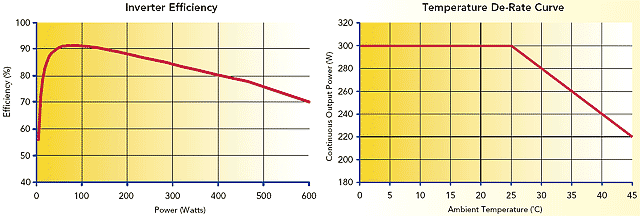Large inverter mean more power draw?
I'd never EVER planned on a huge inverter. What I've been doing and planned to continue was using a 750 when the generator's not running - just for lights and a fan, maybe a laptop and other odds and ends.
But I just had a 3000/6000 fall in my lap. So I could wire it up and do things I'd never dreamed of before - run the microwave, AC, space heater, etc. Not A LOT because I still have to think of the batteries, but heat the occasional snack or get a space heater going for 5 minutes before getting out of the covers on a chilly morning - that kind of thing. If the batteries are up to it, maybe set up a digital timer to get the window unit to come on 2,3 times during the night. Heck I've got dual hybrid AGMS in my truck so I could even hook it into the system and be at like 500 a/h (but never using more than 50%, of course).
But say that inverter was spending almost all of its time doing what the old one did - running a fan overnight, a few lights etc, would it create more drain on the battery because it takes more to "get it going" as it were? Or is it apples to apples about the consumption no matter how big the inverter?
Thanks for looking.
But I just had a 3000/6000 fall in my lap. So I could wire it up and do things I'd never dreamed of before - run the microwave, AC, space heater, etc. Not A LOT because I still have to think of the batteries, but heat the occasional snack or get a space heater going for 5 minutes before getting out of the covers on a chilly morning - that kind of thing. If the batteries are up to it, maybe set up a digital timer to get the window unit to come on 2,3 times during the night. Heck I've got dual hybrid AGMS in my truck so I could even hook it into the system and be at like 500 a/h (but never using more than 50%, of course).
But say that inverter was spending almost all of its time doing what the old one did - running a fan overnight, a few lights etc, would it create more drain on the battery because it takes more to "get it going" as it were? Or is it apples to apples about the consumption no matter how big the inverter?
Thanks for looking.

